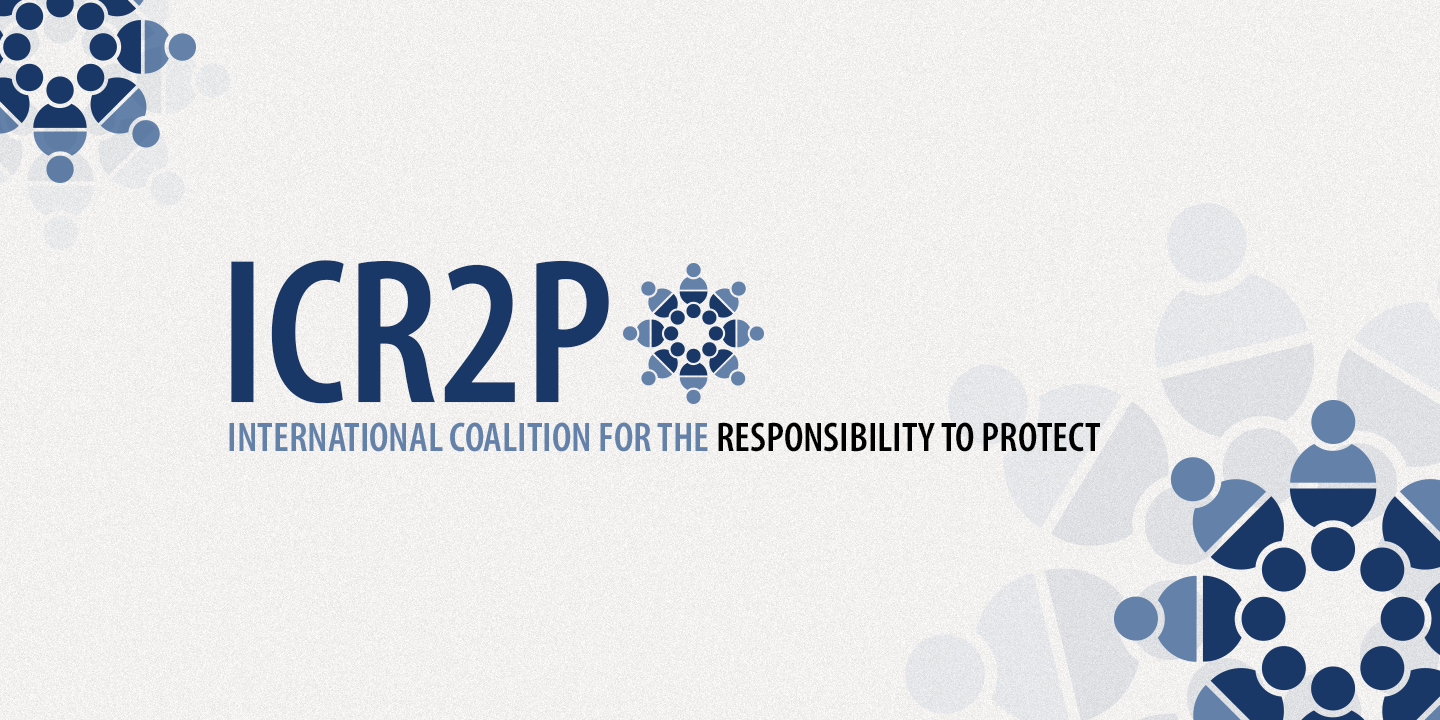notice
Statement by the International Coalition for the Responsibility to Protect regarding the UN General Assembly plenary meeting on R2P

As a member of the International Coalition for the Responsibility to Protect, MIGS supports the following statement.
The International Coalition for the Responsibility to Protect (ICR2P) welcomes the UN General Assembly’s plenary meeting this week on “The responsibility to protect (R2P) and the prevention of genocide, war crimes, ethnic cleansing and crimes against humanity.” ICR2P is a community of commitment made up of over 50 civil society and non-governmental organizations from around the world dedicated to the promotion of human rights, the prevention of atrocities and effective and consistent implementation of R2P.
ICR2P welcomes this year’s focus on children and youth in the UN Secretary-General’s annual report on R2P. Children are particularly vulnerable to atrocities and are disproportionately impacted and targeted in situations where atrocity crimes are being perpetrated. However, age alone rarely determines how a young person or child experiences atrocities. The impacts of genocide, war crimes, ethnic cleansing and crimes against humanity on children and youth differ based on gender, class, racial or ethnic background, among other factors. The need to secure the rights, protection and welfare of children and youth are fundamental to upholding R2P, particularly the prevention of and response to atrocity crimes.
In 2021 the UN verified 266,000 cases of grave violations against children in more than 30 conflict situations over the past 16 years. In Syria, Yemen, the Democratic Republic of the Congo, Nigeria, Ethiopia, Myanmar (Burma), Ukraine and elsewhere, children and youth are at risk of being forcibly recruited, abducted, killed and maimed, raped or subjected to other forms of sexual and gender-based violence. In many of these contexts, children are also being deprived of an education and access to health facilities, threatening their futures and livelihoods.
Recognizing the specific risks to children and youth in both conflict and non-conflict contexts is imperative for a comprehensive understanding of the causes and consequences of atrocities. For example, children in the Xinjiang Uyghur Autonomous Region of China have been deprived of rights on the basis of their race, religion, ethnicity or nationality and have been forcibly separated from their parents – the forcible transfer of children of a targeted group to another group is prohibited under Article II of the Genocide Convention. In other non-conflict contexts, children and youth face human rights violations and abuses that are likely to increase atrocity risks or could themselves constitute atrocity crimes if certain thresholds or conditions are met. For example, the Taliban have perpetrated human rights abuses against girls in Afghanistan, including systematic gender-based discrimination and violence.
Despite the fact that children and youth face unique vulnerabilities, young people are also powerful agents of change. Youth-led movements have made immense contributions to global movements on issues of peace, justice and human rights, including the prevention of atrocities. Youth leaders have also inspired intergenerational resistance, demanding change in order to shape the world that they will soon inherit.
The establishment of R2P signaled an opportunity to never again tolerate the inexcusable indifference demonstrated in the face of past atrocities. States agreed that political expediency would not excuse inaction when confronted with the most heinous of crimes. In this vein, ICR2P is grateful to all UN member states who supported the 2021 General Assembly resolution on the Responsibility to Protect. The adoption of the historic resolution demonstrates a broad global interest in improving the international community’s ability to prevent genocide, war crimes, ethnic cleansing and crimes against humanity. In this regard, ICR2P encourages the international community to build on this momentum and calls upon member states to individually and collectively take steps to renew their commitments to the prevention of atrocities and the Responsibility to Protect.
Atrocity crimes are not random incidents. There are a range of early warning signs that should serve as alarms to catalyze preventive action. Individual states, regional bodies and the UN system must more effectively seize these opportunities to not only save innocent lives but to also avoid costlier coercive measures. The UN Security Council, in particular, should leverage working methods – such as horizon scanning briefings and Arria-Formula meetings – as well as regularly invite the UN Special Advisers on the Prevention of Genocide and R2P to brief on emerging crises. Given the increasingly polarized Security Council, the UN General Assembly and Human Rights Council should continue to strengthen their roles in preventing and responding to atrocities.
ICR2P also urges states to consider building national and regional architectures for atrocity prevention to institutionalize early warning and action as core priorities. This includes upholding obligations under international human rights and humanitarian law and ensuring accountability for violations of international law – such as with universal jurisdiction cases and other international justice prosecutions, as well as supporting UN-mandated investigative processes – to contribute to deterrence and prevent recurrence.
Governments, as well as international and regional organizations, should also deepen their cooperation with civil society. Civil society actors are often the first to witness the indicators and early warning signs of atrocities and are thus equipped with in-depth understanding and expertise that states should incorporate into any atrocity prevention response. Furthermore, civil society has continuously been at the forefront of addressing atrocities by promoting justice and accountability, monitoring and reporting on international law violations, and working directly with affected communities. By placing the voices and rights of local actors – particularly those most affected by ongoing atrocities, including children and youth – at the heart of decision-making processes, the international community can take more appropriate and effective preventive action that is rights-based, community-informed and responsive to early warning signs of atrocities.
At a time when the world is confronted with unprecedented levels of violence, atrocities and displacement, ICR2P stands ready as a partner for individual states, regional bodies and the international community to ensure that our enduring responsibility to protect is upheld with consistency, courage and without exception.